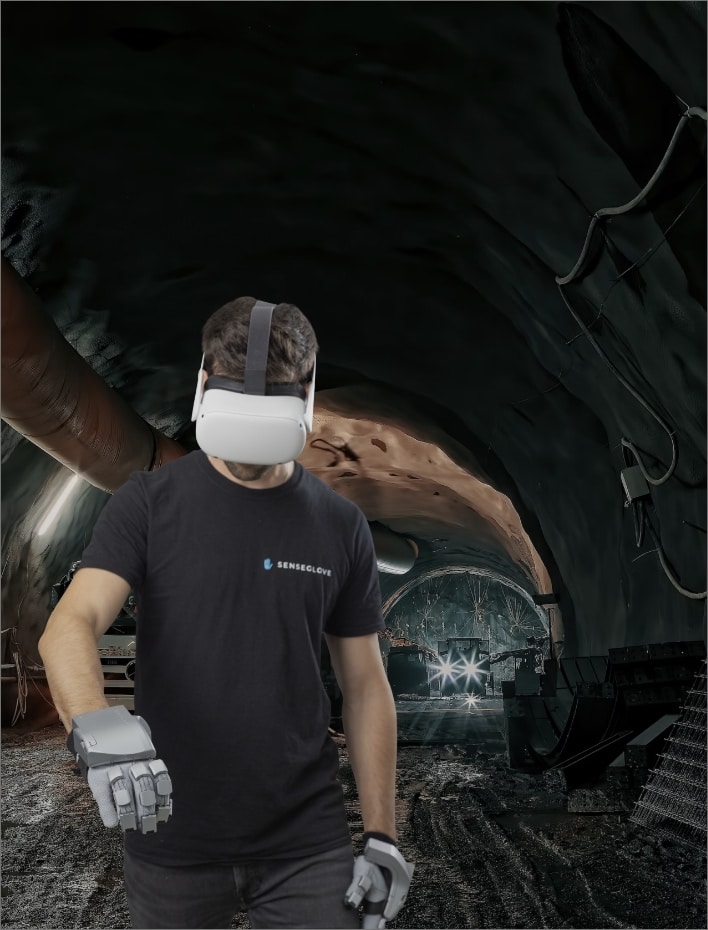In recent years, virtual reality (VR) technology has emerged as a game-changer in various industries, offering immersive and realistic training experiences. The mining industry, with its unique challenges and safety concerns, has embraced VR training to enhance learning outcomes and minimise risks. One crucial aspect that significantly enhances the effectiveness of VR training is haptic technology, which provides users with a tactile feedback experience. In this blog post, we will explore the integration of VR training and haptic technology in the mining industry.
VR Training in the Mining Industry
1. Enhancing Safety
VR training allows miners to simulate hazardous scenarios without exposing them to real-life dangers, enabling them to develop critical safety skills in a controlled environment.
2. Improving Efficiency
Mining operations involve complex machinery and processes. VR training equips workers with practical experience, reducing the learning curve and improving operational efficiency.
3. Cost Savings
Traditional training methods often require expensive equipment and site shutdowns. VR training eliminates these costs by providing realistic simulations that can be accessed anytime, anywhere.
The Role of Haptic Technology in Mining Training
Tactile Feedback: Haptic technology adds a sense of touch to virtual experiences, enabling trainees to feel and interact with virtual objects, machinery, and environments.
Realistic Simulations: By incorporating haptics, VR training can replicate the sensations of heavy machinery vibrations, collisions, and other physical interactions, enhancing the trainee’s immersion and training outcomes.
Skill Development: Haptic feedback helps miners develop muscle memory and refine motor skills, allowing them to handle real-life equipment with confidence and precision.

Are you ready to take the next step for your company’s training processes? Get in touch today!


